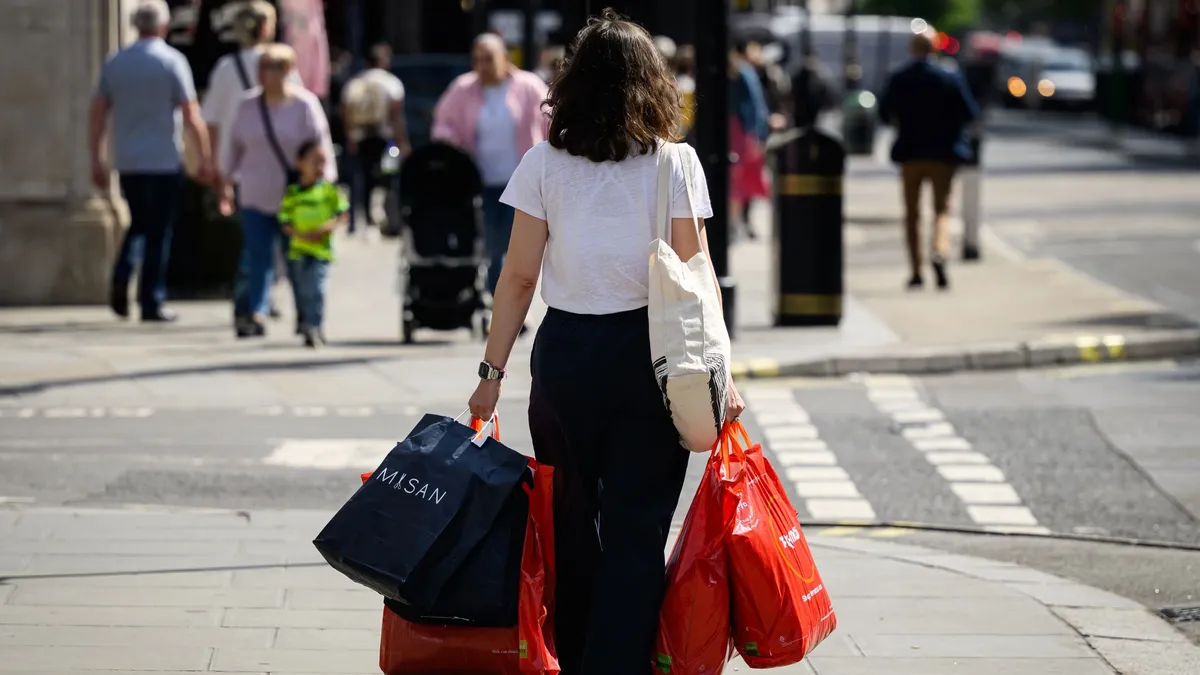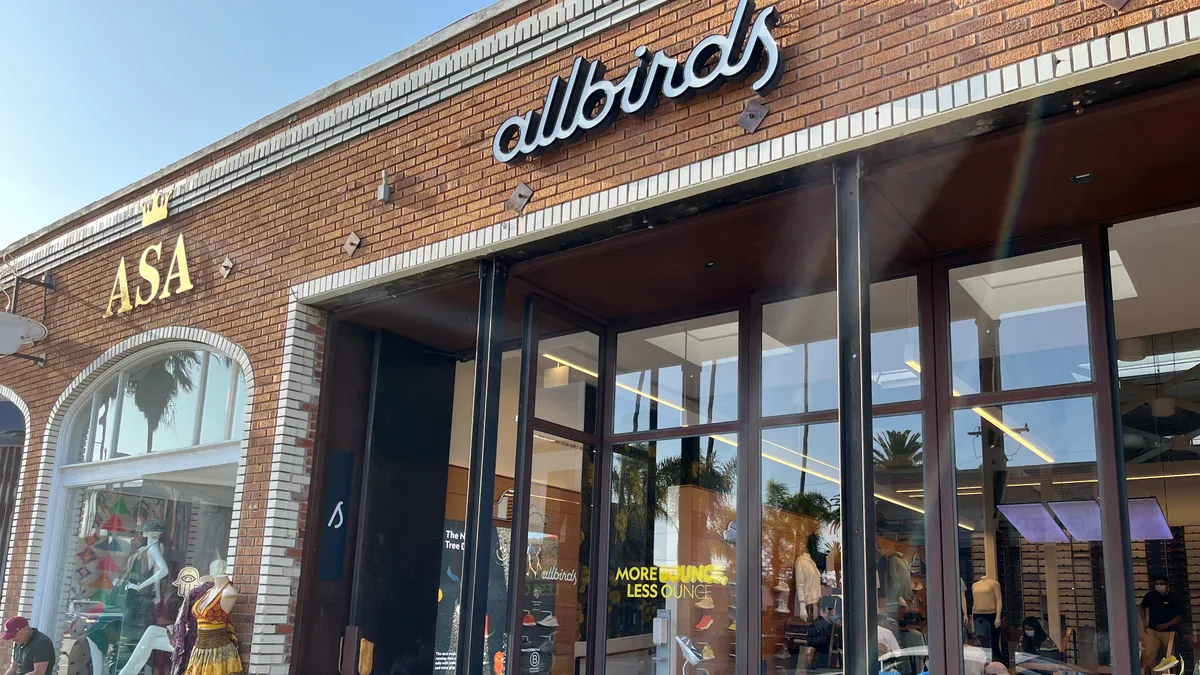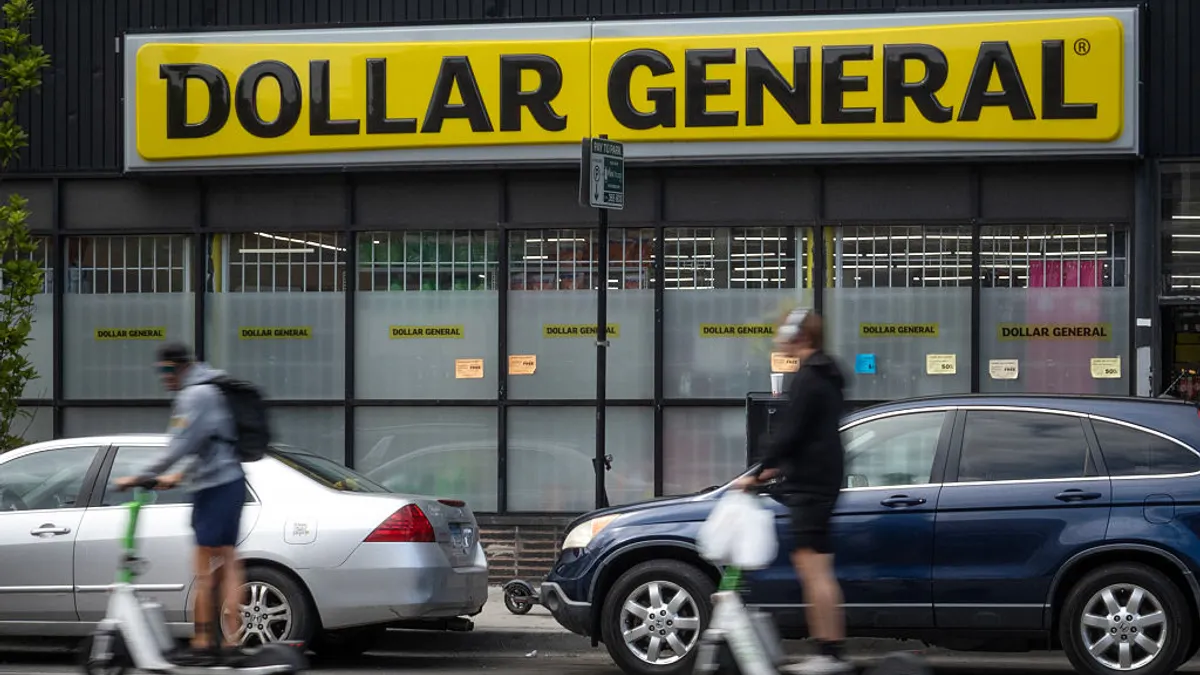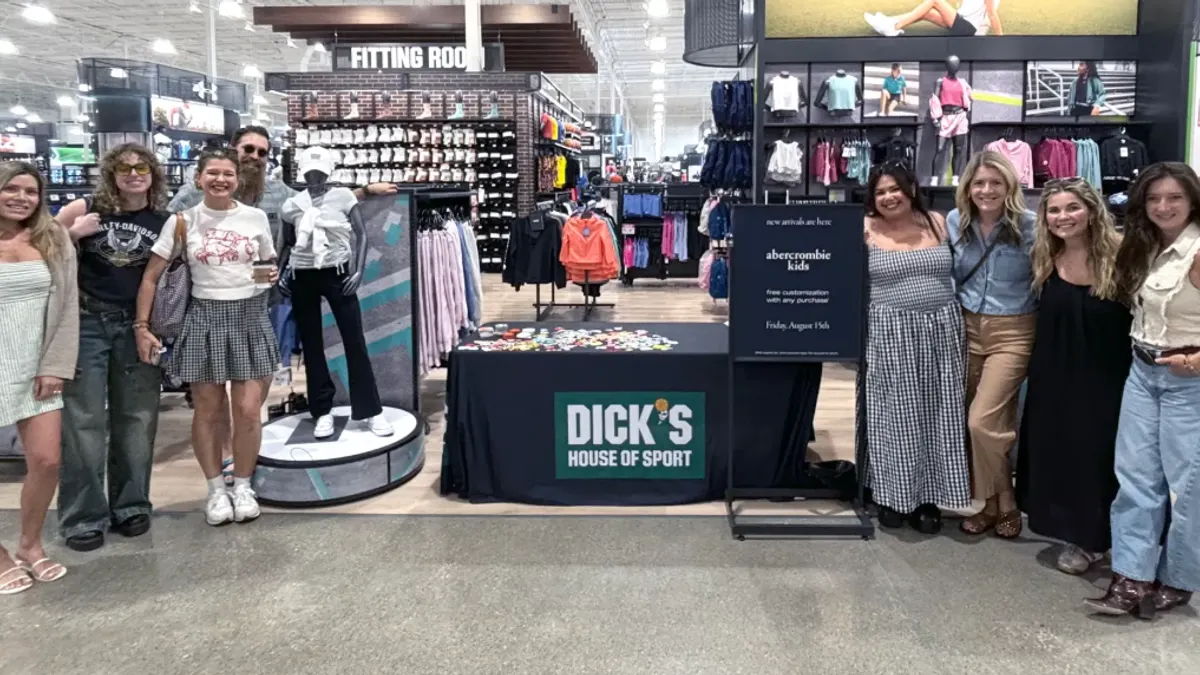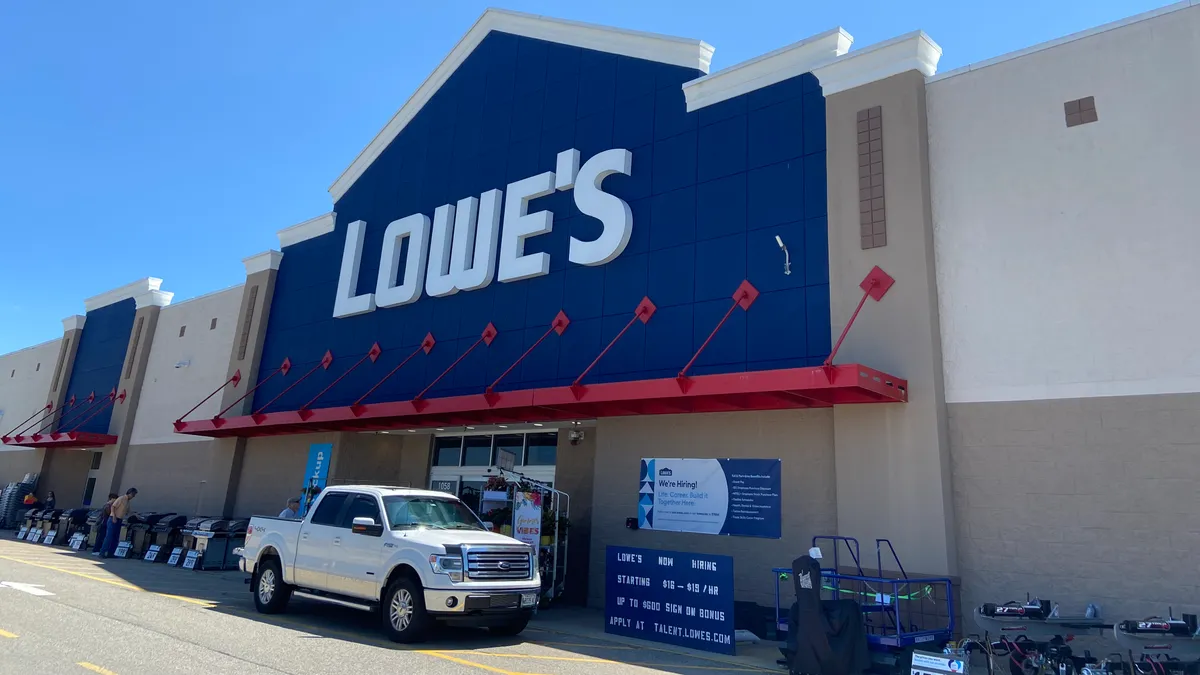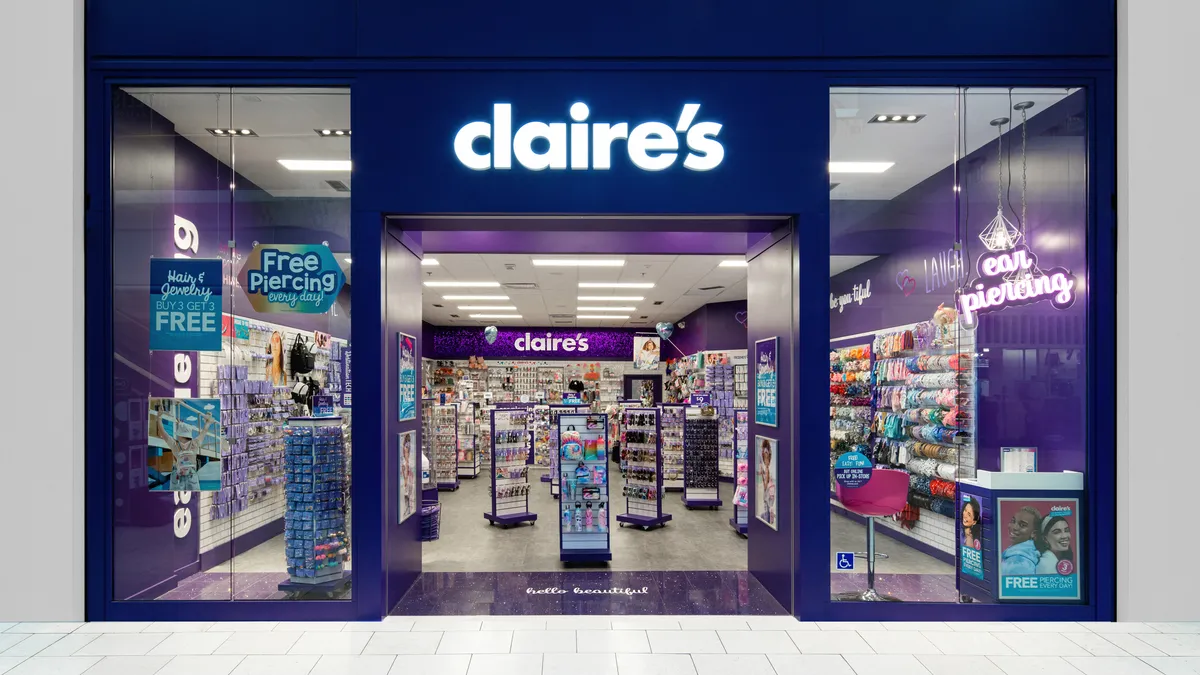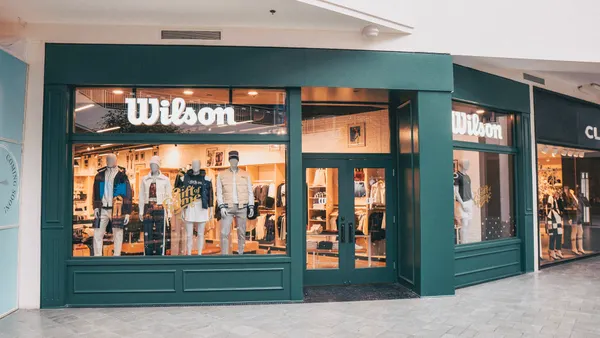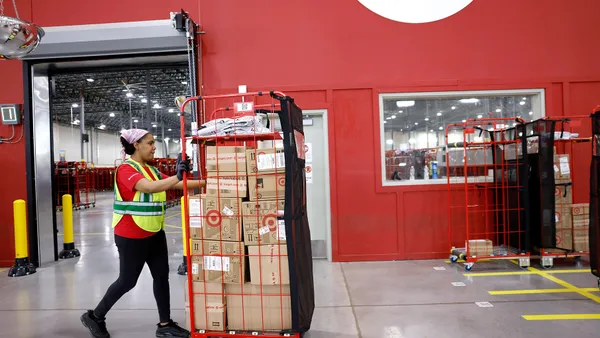Understaffing a store isn’t headline-worthy. Yet, at many retailers, such inefficiencies forfeit more inventory than the smash-and-grab robberies that go viral or make the news.
Organized retail crime continues to hold the attention of policymakers and retail industry groups. But some loss prevention experts say the impact of external theft on inventory loss or shrink is overstated, while the causes of nearly two-thirds of shrink are going largely unappreciated and, therefore, unaddressed.
Inventory loss is out of the spotlight to a great extent, in part because many, if not most, retailers that had been complaining about shrink levels have reported improvements. After about 30 years, the National Retail Federation last year said it would no longer report on shrink trends in the industry.
Still, laxity related to labor, pricing, promotions, stock management and other store operations leads to shrink and costs retailers billions, according to a recent study from Coresight Research. The percentage of gross sales lost to in-store inefficiencies stands at 5.5% on average, up from 4.5% last year. Overcoming those inefficiencies could save U.S. retailers in the home improvement, drugstore, grocery, mass merchant and warehouse club sectors as much as $162.7 billion, up 27% since last year, per Coresight.
Tackling this requires a hard look at store operations and, for most retailers, a more holistic approach to loss prevention, experts say.
“When I started, I was a bad-guy catcher. I wanted to catch bad guys, I was good at catching bad guys. I loved the adrenaline, I loved the cat and mouse. That's all I wanted to do,” said Johnny Custer, senior director of retail risk solutions at ThinkLP. “I’ve evolved from that. There are some very progressive retailers where the relationship between operations and LP is seamless, where loss prevention is a specialized extension of the operations team. That's ultimately where we all need to be. But they are few and far between.”
Margin protection
That evolution requires retailers to view their loss prevention teams as not just crime fighters but as protectors of profits and margin more broadly.
“Loss prevention is perceived as a cost center. A necessary cost center, a part of doing business,” Custer said by video conference. “My goal is to change that perspective so that people understand that we're not a cost center, we can actually be a profit driver.”
“When I started, I was a bad-guy catcher. I wanted to catch bad guys, I was good at catching bad guys. ... I’ve evolved from that."

Johnny Custer
Senior director of retail risk solutions, ThinkLP
Errors in merchandising, pricing and other functions add up quickly, according to Brad Bogolea, CEO and co-founder at Simbe Robotics, which sponsored Coresight’s research.
More than 80% of the 394 retail business decision-makers that Coresight surveyed said they’re losing at least 5% of their operating margin to in-store inefficiencies; last year just 70% reported that. This year, mistakes related to promotions have been the biggest challenge, with nearly 40% ranking it in their top five, while nearly that many cited pricing errors. Losses from out-of-stocks also stood out, with 57% reporting the issue.
“Even small lapses — a product on the wrong shelf, an incorrect label — can cascade into major losses,” Bogolea said. “These issues erode margins and create friction for shoppers. In contrast, retailers that solve for visibility are seeing a step-change in performance across supply chain, e-commerce fulfillment and store operations.”
Unpacking where margins are being squeezed by operational failures requires data, something Custer learned when he was working in loss prevention for someone who was a data analyst.
“He expanded my mind and asked me to look into point-of-sale. And then, not only point-of-sale, but center of store, all of the sales-floor data, then the back of the store — all the inbound, outbound flow data,” he said. “To look for similar patterns of behavior that occur within each, because loss can happen anywhere in the building. I did it reluctantly, but I became a believer the moment the financial results came out.”
Tech to the rescue
Getting that data — and the visibility into store operations that it provides — is enabled by technologies that find mistakes, flag needs and detect patterns.
Retailers are increasingly turning to them. In the U.S., retailers’ plans for investment in store intelligence technologies for the next year have skyrocketed over 150%, Coresight found. More than a third of retailers say they’ll be investing at least $500,000 in that time; on average each company is dedicating more than $415,000.
Some 60% of retailers have turned to AI to assist in loss prevention, with another 30% planning to do so in the next year, according to a February study from vision AI firm Everseen.
“Even small lapses — a product on the wrong shelf, an incorrect label — can cascade into major losses."

Brad Bogolea
CEO and co-founder, Simbe Robotics
Tech is helping break down the divisions between the loss prevention and operating teams, according to loss prevention consultant Brand Elverston, who works with major retailers and brands.
“The silos of risk mitigation, store operations and supply chain are all but going, and that's been fueled largely by countless use cases of technologies that are out in the space today,” he said. “I can do your in-stock. I can tell you if it came in off the truck. I can tell you how many people are in the store. I can tell you, if somebody stole something, what door they went out of.”
Some tech designed to detect crime or criminal intent has gained broader uses, as at Verensics, an employee questionnaire-based platform. Some retailer clients are now sharing information gleaned from employee questionnaires so that teams in store ops, human resources, loss prevention and elsewhere can connect various dots, according to Verensics CEO-founder Russ Law. Similarly ThinkLP platforms leverage point-of-sales data, human resources data, inventory data and more.
“The data is geared towards crime, obviously, but it's being used more and more for operational integrity issues,” Verensics’ Law said by video conference. “Maybe the inventory isn't being done right because nobody knows exactly what they're supposed to be doing. Or maybe there's a manager who's not getting the point across the way they're supposed to. It’s identifying places where there are training opportunities, or where there are opportunities to tighten up processes, as well as identifying bad actors.”
The human touch
As much as technology has revolutionized store operations, though, retailers risk undermining their systems if stores are inadequately staffed.
Store-level thefts, always a problem in retail, got a boost around the time of the Great Recession. ThinkLP’s Custer attributes that to job cuts, especially around 2008 or so, that went too far and haven’t been restored in the years since.
“The worse the backroom looks, the higher the shrink. It's just the way it is. If you're not managing inventory, you've increased your risk of shrink.”

Brand Elverston
Loss prevention specialist, Elverston Consulting
“Retailers cut a lot of non-essential personnel, and one of the first groups of people they cut were the perpetual inventory, day-to-day count keepers, the folks that scan the store and keep count,” Custer said. “That has had a ripple effect across so many profitability areas — from clearance markdowns to in-stock position to day-to-day customer service. I can point to that one mistake and say that if that wouldn't have happened, we'd be in a much different situation right now.”
Similarly, during the COVID-19 pandemic, retailers eliminated many of the non-essential employees who weren’t coming into work, and shrink ballooned, according to Elverston.
“The worse the backroom looks, the higher the shrink. It's just the way it is,” he said by video conference. “If you're not managing inventory, you've increased your risk of shrink.”
Editor’s note: This story first appeared in the Retail Dive: Operations newsletter. You can sign up for it here.





